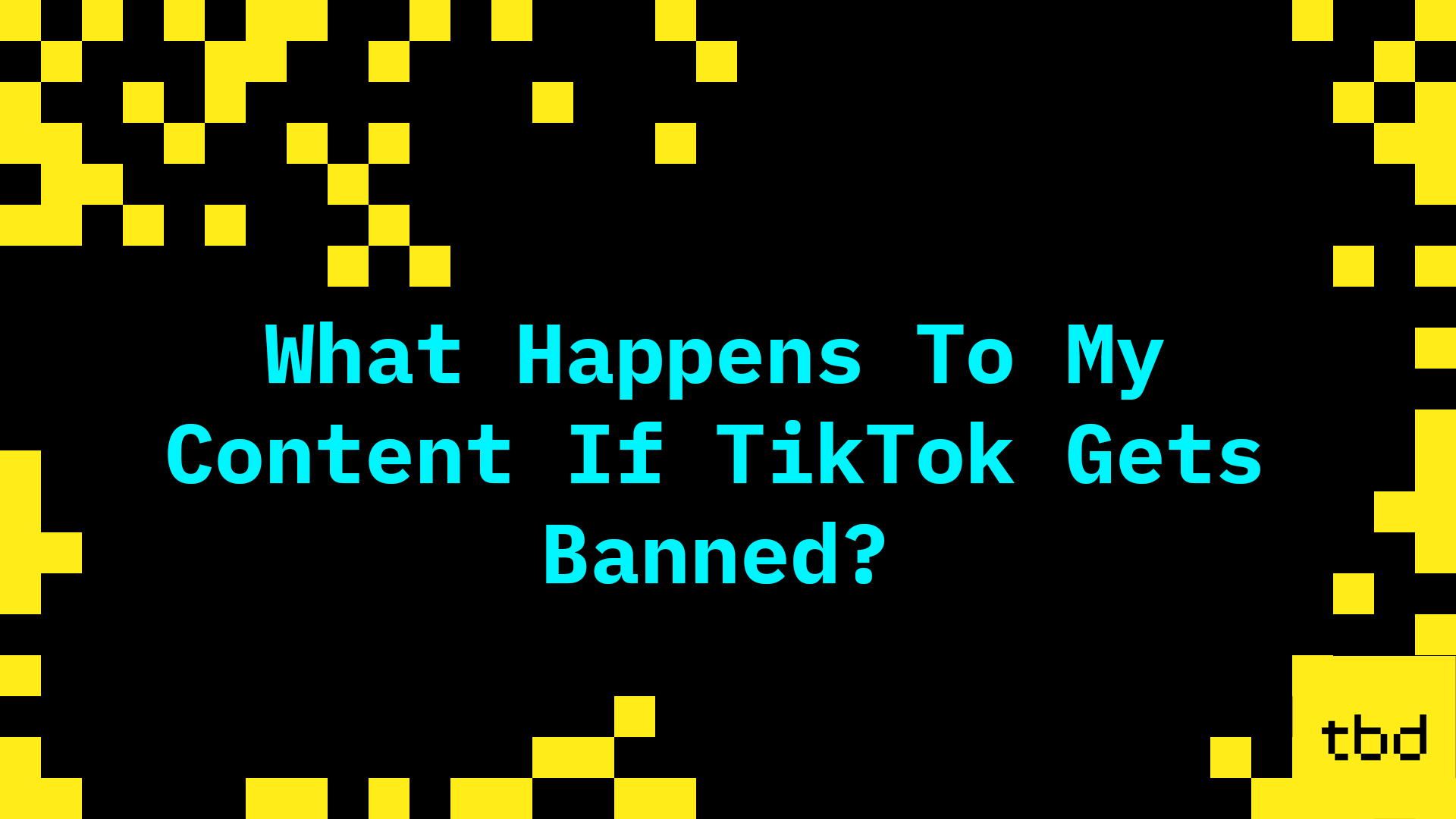What Happens To My Content If TikTok Gets Banned?

The United States’ potential ban of TikTok is the latest and loudest warning sign of our increasing need for a decentralized internet. Consumers are quickly wondering where they’ll go for their short form video content if TikTok is taken away. Creators are faced with the reality that their income could immediately dry up if the most viral social media platform to date disappears. Lastly, businesses could potentially watch one of their most powerful distribution channels go up in flames overnight.
Distribution and content, two of the most valuable assets on TikTok, are currently owned by the platform instead of the users who worked so hard for them. A follower on TikTok can’t be transferred outside of the platform, and a video on the social media giant is currently owned and stored on TikTok’s servers. It’s the very nature of Web2 infrastructure that platforms like TikTok absorb an incredible amount of ownership and responsibility to store, manage, and steward the relationships and data on them, putting end users and businesses at risk.
So what’s the alternative? How can we build platforms that turn over data ownership to the users of that platform rather than hoard massive amounts of power? The answer is to build Web5 applications that enable users to maintain ownership of their data so platforms can stick to what they do best: curating and serving that data.
Let’s consider the model a platform like TikTok currently uses. They ask users to upload videos to TikTok servers and then store, sort, organize, and serve that content. In a Web5 world, users could store their own videos on their own decentralized web node(s) and grant access to that content to TikTok. TikTok would adhere to a common schema to access that content - one that any other platform, such as Facebook or Instagram could access as well, and then layer its own metadata such as likes, comments, and analytics on top of that.
Follower counts wouldn’t need to be limited to a single platform, instead allowing users with a single decentralized identifier to follow users, creators, or businesses across platforms. This would decouple platforms and distribution, meaning that the marketing power of individuals and businesses wouldn’t be wholly subject to the whim of community guidelines or editorial discretion of platform owners. In this model, a TikTok ban would simply mean that TikTok’s metadata - like counts, comments, and other analytics - would be stripped away, but the content and creator-follower relationships would persist. TikTok and platforms like it would still be able to curate their excellent algorithms, monetize on in-feed ads, and more, while holding less power over their users’ content and reducing the overhead of storing incredibly large amounts of video content on behalf of their users.
If a Web5 future that returns ownership to users and decouples platforms from data sounds appealing to you, be sure to check out our ongoing projects on GitHub or join us on Discord.